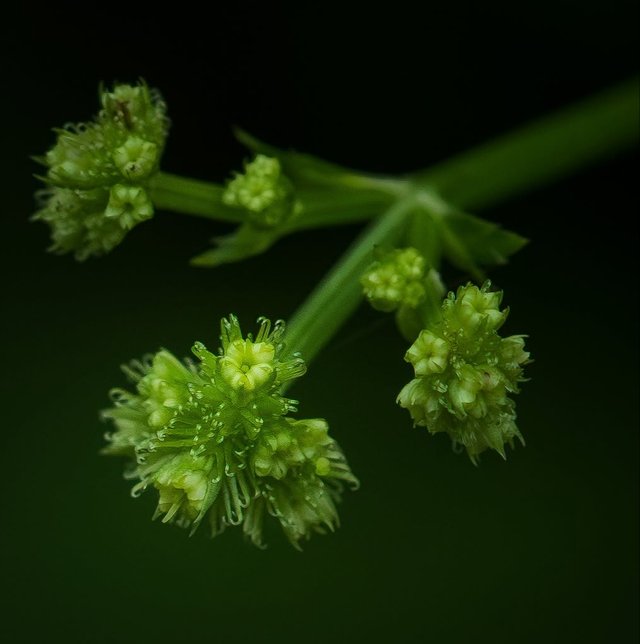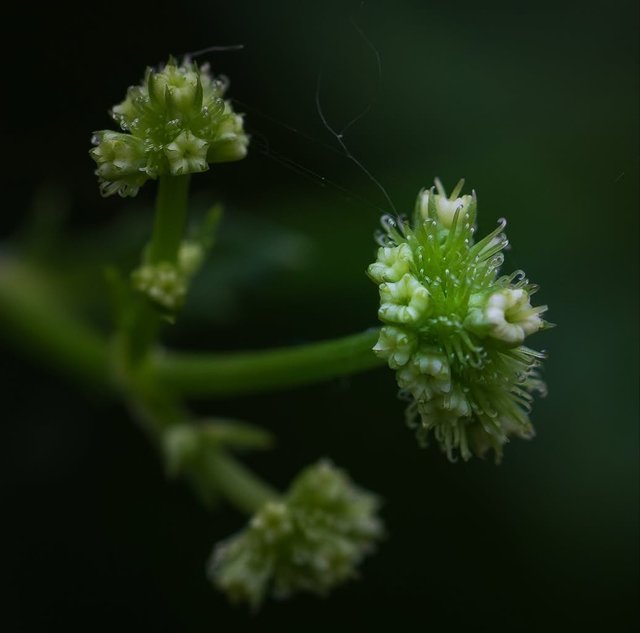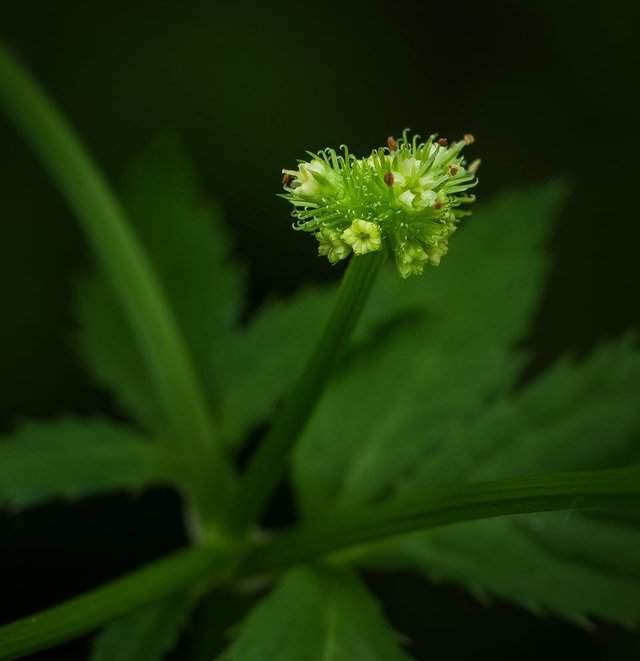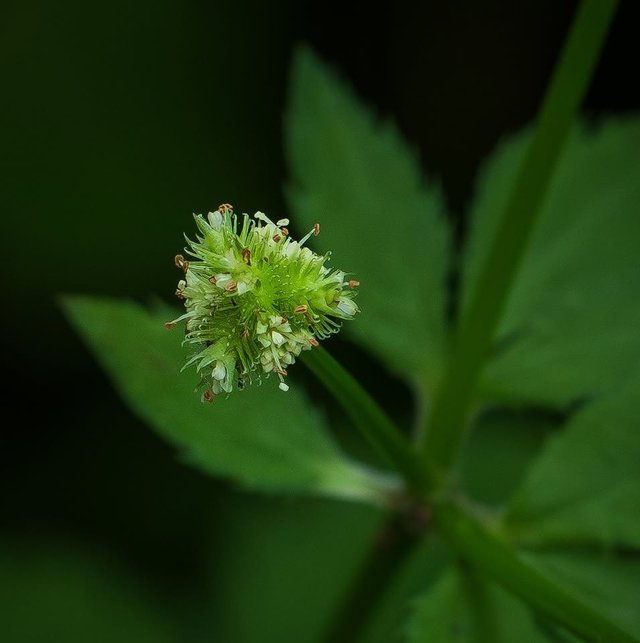Beautiful Colour Sanicula Europaea Flower
Sanicula europaea: A Hidden Gem of the Woodland Understory
Sanicula europaea, commonly known as wood sanicle or European sanicle, is a lesser-known but fascinating perennial herbaceous plant found in temperate forests across Europe and parts of western Asia. Though not as flashy as some woodland flowers, Sanicula europaea plays a quiet, enduring role in its ecosystem and has a long-standing history of medicinal use, folklore, and botanical interest.
Botanical Description
Sanicula europaea belongs to the family Apiaceae, also known as the carrot or parsley family. Like many members of this family, it features umbels—a distinctive umbrella-like arrangement of flowers. However, unlike its more aromatic relatives like dill or fennel, sanicle is subtle in scent and appearance.
Here are some identifying features:
Height: Typically grows between 15–60 cm tall.
Leaves: Deeply lobed, dark green, and somewhat glossy, with a palmate structure that resembles fingers radiating from a central point. The basal leaves are long-stalked, while upper leaves are smaller and sessile.
Flowers: Tiny, pinkish or greenish-white, clustered into small umbels about 5–10 mm in diameter. They bloom from late spring to early summer.
Fruit: The fruit is a small, spiny schizocarp that clings to animal fur or clothing, aiding in seed dispersal.
Rootstock: Thick and fibrous, often forming rhizomes that help the plant spread locally.
Habitat and Distribution
Sanicle is primarily a forest-dwelling species. It thrives in:
Woodlands: Especially beech, oak, and mixed deciduous forests.
Shady Slopes and Hedgerows: Prefers partial shade and nutrient-rich, moist soils.
Altitude: Grows from lowlands to mid-mountain elevations.
Its distribution is largely centered in Europe, from the British Isles and Scandinavia to the Mediterranean regions, and extending eastward into parts of western Asia. It is considered a native and relatively common species in its preferred habitats, although often overlooked due to its unassuming appearance.




%20(10).jpeg)